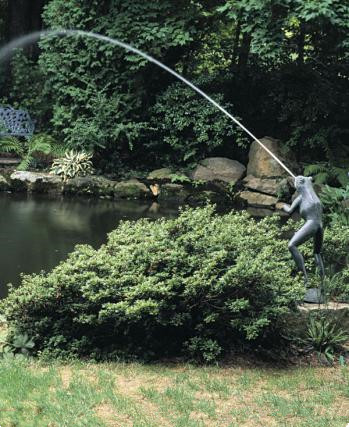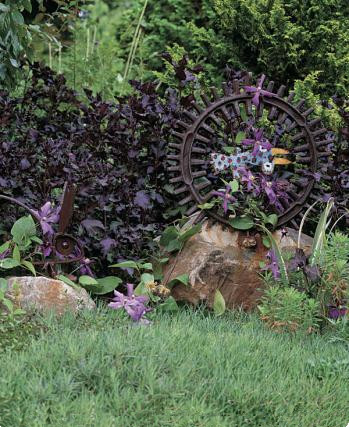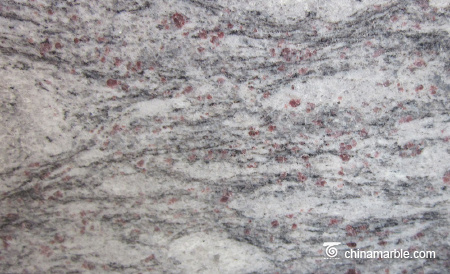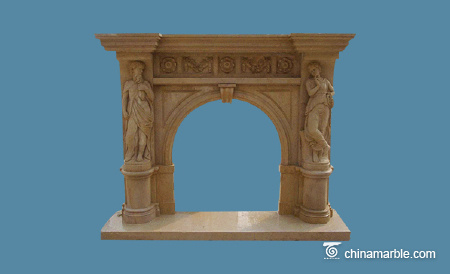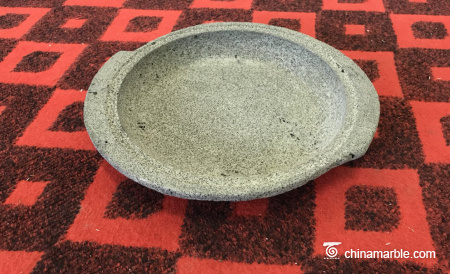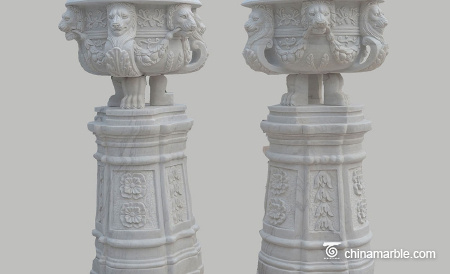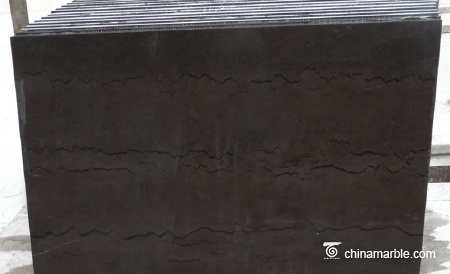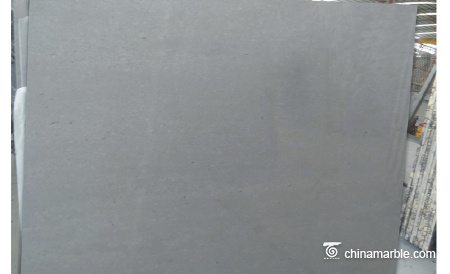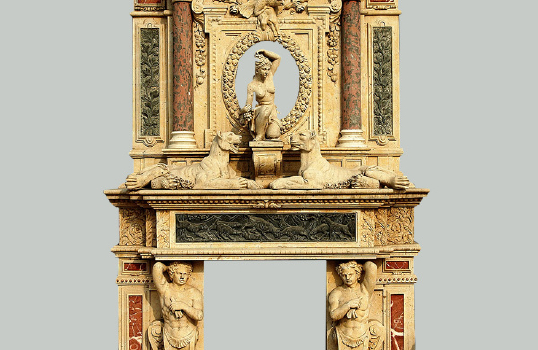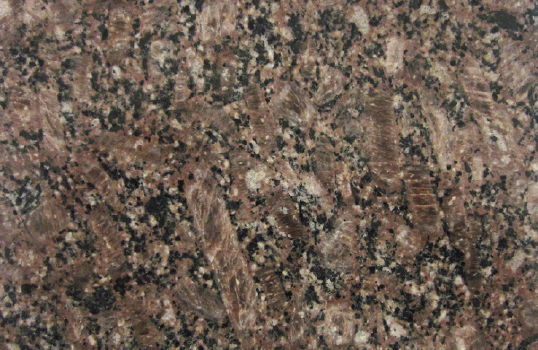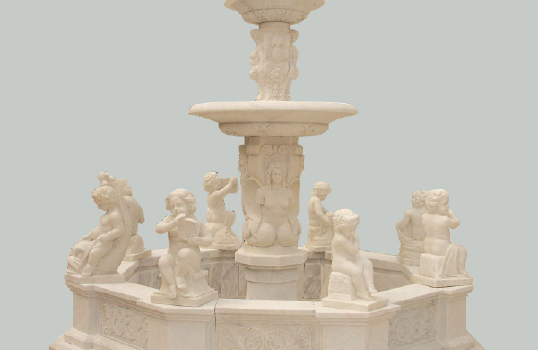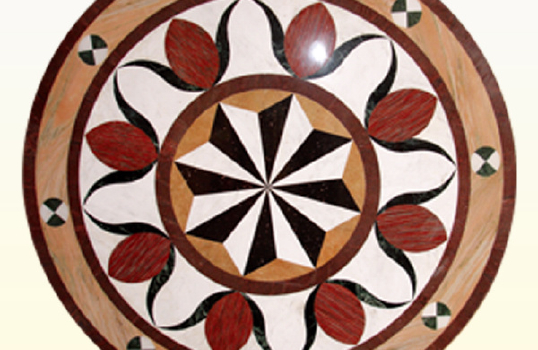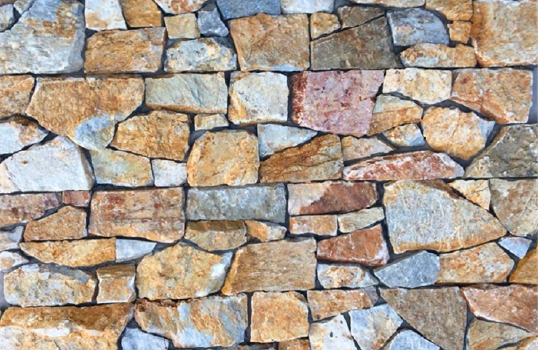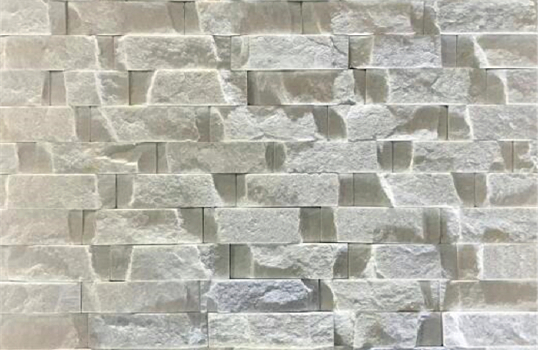POTS SHOW OFF TROPICAL PLANTS
I display a collection of urns; some are empty and others are filled with tender perennials and tropicals. The containers are either unglazed terra-cotta from Italy and Mexico or a single-color glazed clay from Southeast Asia. I use many containers (about 130), and try to make them harmonize with one another in shape, size, and color.
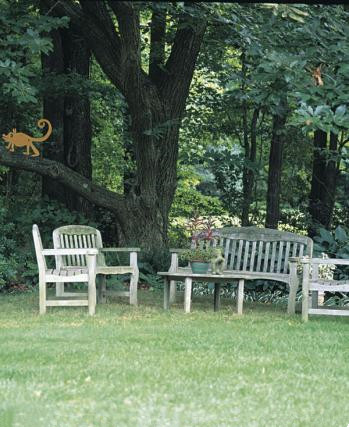
The ones filled with plantings are placed on two terraces, where they complement the hard, straight lines of bricks. The containers add a splash of color on a terrace in a sunny location and a lushness of cool green to a shady terrace. I use them in groups of three, five, or more, adding height to the display with pedestals.
A selection of old Turkish jars filled with Echeveria, Agave, and Gasteria species adorn the edge of the rectangular pond by the knot garden. They clearly help soften the look of the hardscaping. Elsewhere, unplanted urns—large Turkish oil jars or terracotta African vessels—find spots next to plantings of irises or grasses and in a border of mixed shrubs.
KEEP IT ALL IN GOOD TASTE
How do you incorporate 140 pieces of sculpture; 15 groupings of furniture; 42 birdhouses, feeders, and birdbaths; 15 urns; and 130 potted containers into a 2-acre landscape? There is a fine line between tasteful and tacky, and I try constantly not to overstep this boundary.
Part of the secret is to keep things simple. I usually place art singly, as an enhancement or complement to the surrounding garden space, though I will place ornaments in groups if they are of similar design, color, or material. I like to soften the edges of ornaments with plants to make them an integral part of the garden. Much of the artwork is made of rusty metal, a form that blends naturally into the landscape.
I also think about the element of spacing. I strive to site ornaments in interesting ways so visitors are either urged to move from one area of the garden to the next or given cause to pause. Surprises are fun, so I site statuary where it can be discovered, or I shield it from constant view, among foliage, around a corner, behind the viewer, or above. I place small frogs under hosta leaves, a striding ostrich on unmown lawn in the middle of a large expanse, a rusty opossum along a branch of a Chinese chestnut, and a leaping gazelle camouflaged behind spiky boulders.
I find the best use of ornament is sometimes unplanned-the blue flowers of Clematis X durandii peeking out from under the wing of a blue and yellow whimsical canary, or Asarina scandens, with its dainty snapdragonlike blooms, twining up and around the long leg of a rusting metal heron. I never assume that an ornament has been placed in a permanent and perfect spot. One of the great pleasures of a garden is that it grows, evolves, and changes. Moving ornaments to different locations keeps the garden dynamic and refreshing. Ask my owl.
Hot Products
